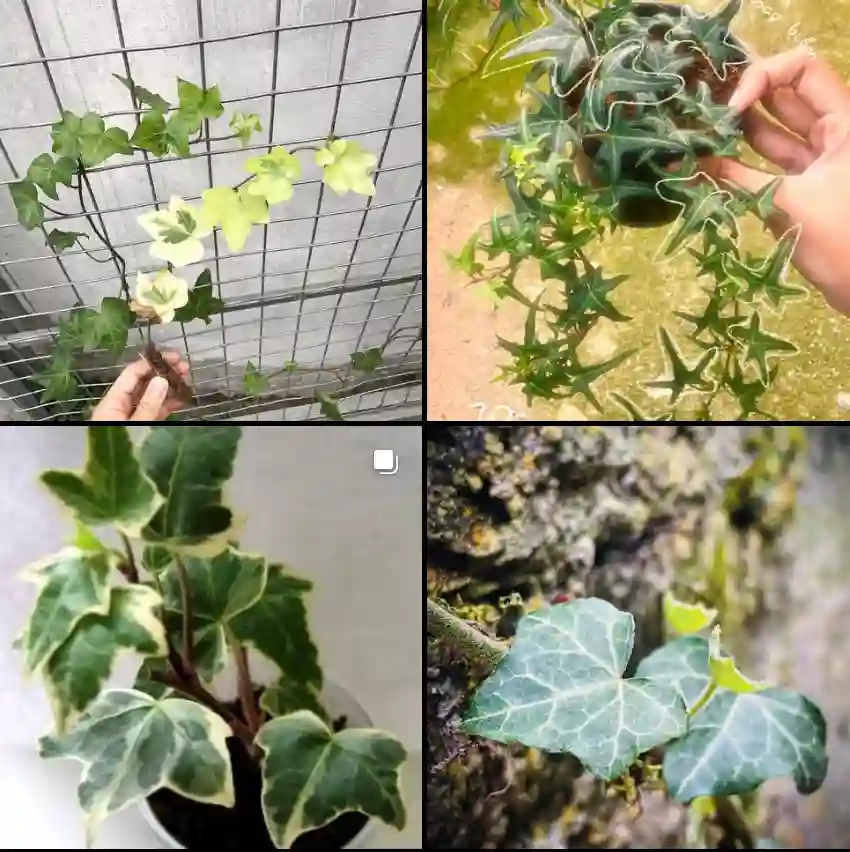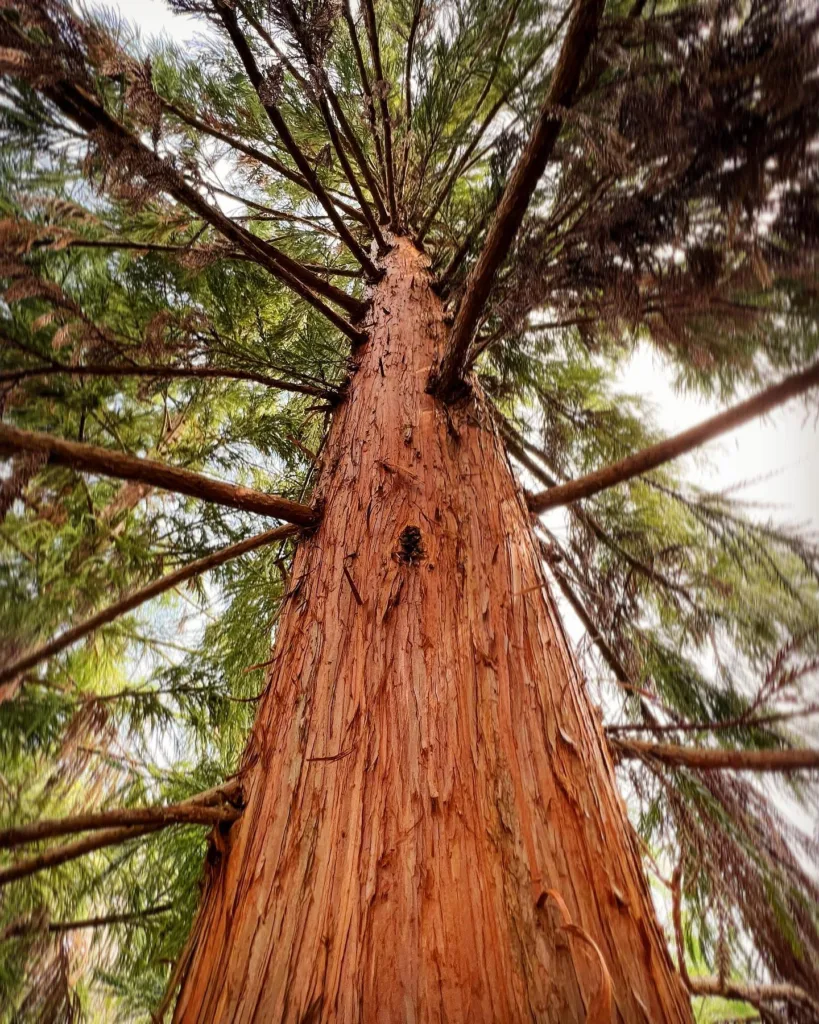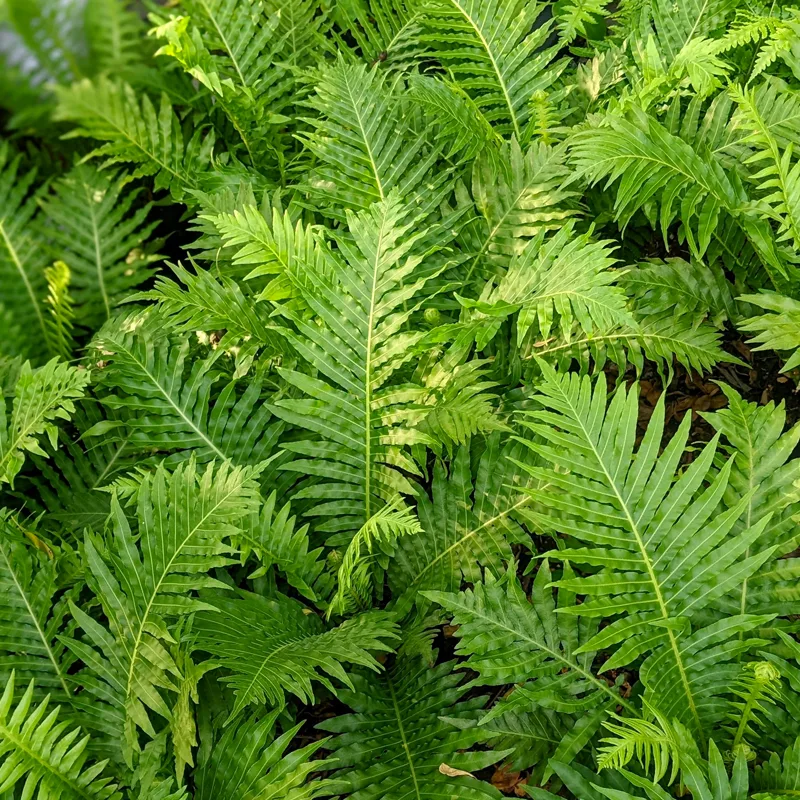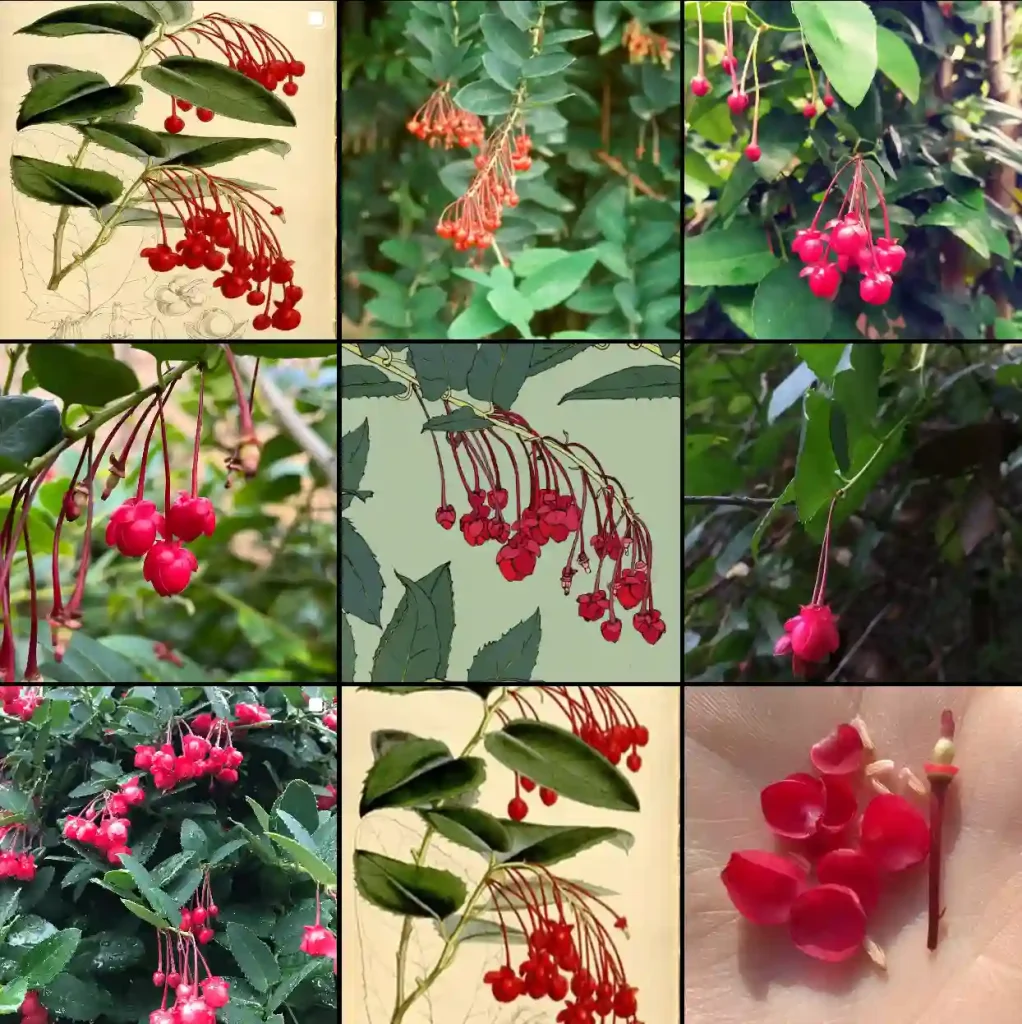Sisymbrium Altissimum FAQs
Sisymbrium Altissimum, commonly known as Tall Mustard or Tower Mustard, is a fascinating plant that often piques the curiosity of gardeners and plant enthusiasts. Here, I’ll share everything you need to know about this intriguing species based on my own experiences and research.
What Is Sisymbrium Altissimum?
Sisymbrium Altissimum is a biennial or short-lived perennial that belongs to the Brassicaceae family, the same group that includes mustard, broccoli, and cabbage. Native to parts of Europe and Asia, this plant can grow up to 1.2 meters (4 feet) tall and features tall, erect stems covered in small, bright yellow flowers. Its leaves are lance-shaped and can be quite distinctive, often contributing to its ornamental value in gardens.
How to Care for Sisymbrium Altissimum?
Caring for Sisymbrium Altissimum is relatively straightforward. This plant thrives in full sun and well-drained soil. It’s quite adaptable and can tolerate a range of soil types, though it prefers slightly alkaline to neutral pH levels. Here are some tips for maintaining its health:
- Watering: Regular watering is essential, especially during dry spells. However, avoid overwatering as this can lead to root rot.
- Fertilization: Feed the plant with a balanced fertilizer in early spring to promote healthy growth and flowering.
- Pruning: While generally low-maintenance, occasional pruning can help keep the plant tidy and encourage more blooms.
How to Propagate Sisymbrium Altissimum?
Propagating Sisymbrium Altissimum can be done through seeds. Here’s a step-by-step guide based on my own experience:
- Seed Collection: Collect seeds from mature plants once they have dried out and turned brown.
- Sowing: Sow the seeds directly into the soil in late winter or early spring. You can also start them indoors 6-8 weeks before the last frost date.
- Germination: Seeds typically germinate within 2-3 weeks if kept in a warm, sunny location.
- Transplanting: Once seedlings have developed a few sets of leaves, transplant them into their final location.
What to Plant With Sisymbrium Altissimum?
Sisymbrium Altissimum pairs well with a variety of other garden plants. Its tall, upright growth habit makes it a striking addition to mixed borders. Consider planting it alongside:
- Echinacea (Coneflowers): Their contrasting colors and similar growth requirements complement Sisymbrium Altissimum well.
- Lavender: The aromatic foliage and purple blooms provide a nice contrast to the yellow flowers of Tall Mustard.
- Grasses: Ornamental grasses can add texture and a naturalistic feel to the garden bed.
Is Sisymbrium Altissimum Toxic?
One of the advantages of Sisymbrium Altissimum is that it is not considered toxic to humans or pets. This makes it a safe choice for gardens where children or animals play. However, as with any plant, it’s always a good idea to avoid ingestion and ensure that pets don’t munch on the foliage.
Benefits of Sisymbrium Altissimum
Sisymbrium Altissimum offers several benefits for gardeners:
- Ornamental Value: Its tall stature and bright yellow flowers make it an attractive focal point in any garden.
- Pollinator Friendly: The flowers attract a variety of pollinators, including bees and butterflies, which can enhance the overall biodiversity of your garden.
- Low Maintenance: Once established, Sisymbrium Altissimum requires minimal care, making it a great choice for busy gardeners.
Common Problems with Sisymbrium Altissimum
Despite its hardy nature, Sisymbrium Altissimum can face a few challenges:
- Pests: Watch out for aphids and flea beetles, which can damage the foliage. Regular inspection and appropriate insecticidal treatments can help manage these pests.
- Disease: In damp conditions, the plant may be susceptible to fungal diseases like powdery mildew. Ensure good air circulation and avoid overhead watering to minimize this risk.
Compare with Other Similar Plants
If you’re considering Sisymbrium Altissimum, you might also be interested in similar plants like:
- Sisymbrium Officinale (Common Mustard): This species is more common and has a shorter height compared to Sisymbrium Altissimum.
- Brassica Napus (Rapeseed): While not as tall, Rapeseed shares the Brassicaceae family and has similar flowering characteristics.
- Arabis Alpina (Alpine Rockcress): Though shorter, it offers a similar bright flowering display and can complement Sisymbrium Altissimum in a garden setting.
By understanding these key aspects of Sisymbrium Altissimum, you can make an informed decision on whether this plant is right for your garden. Its vibrant flowers and low-maintenance nature make it a standout choice for many gardeners.




